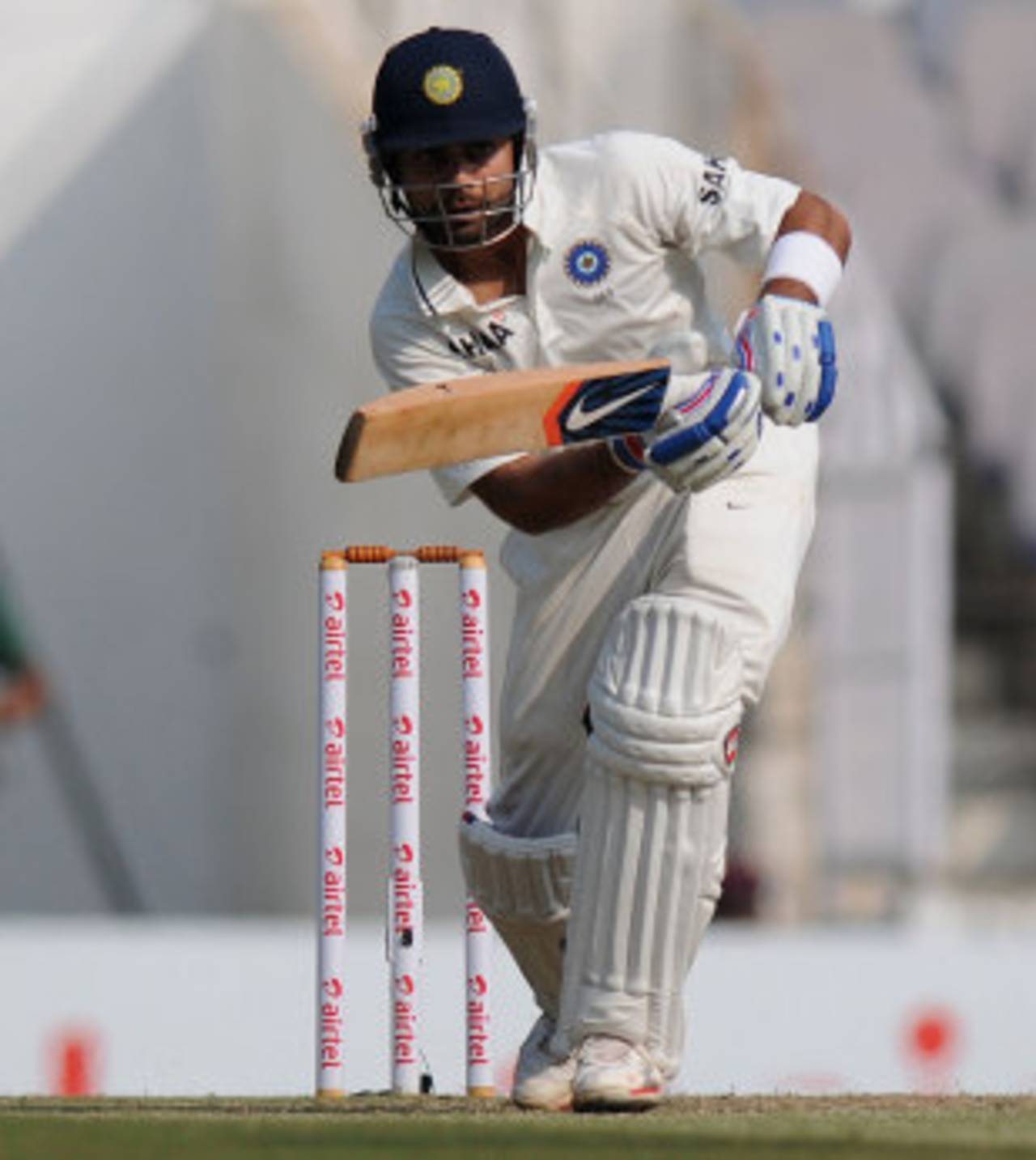The Australians wear intimidation like wizards do cloaks. It defines them. Without their swagger, they give the impression they have left their spells behind. In their prime years, intimidation set up a lot of wins; often teams entered a contest unwilling to accept that they could win, or even compete. The actual match was only a confirmation of what both teams knew would happen.
But times have changed. This Australian side has arrived in India almost respectful. They are speaking of challenges and there hasn't been a word yet from the Warne-McGrath school. Maybe they realise they don't have the arsenal but it isn't very Aussie to slip up on the swagger. Wizards don't do suspenders.
Just as this is the least intimidating Australian side to visit India in recent times, their players will be relieved to know that up against them is one of the weakest Indian bowling sides in the last couple of decades. Since Anil Kumble arrived in 1990, there hasn't been a weak Indian attack at home. This, though, is a bowling side that was outbowled by England a couple of months ago - outspun, in fact. Even when Derek Underwood, and later Pat Pocock and Phil Edmonds, won England a couple of games, India had spin bowling of equal, or superior, pedigree.
So this series runs the risk of being defined by who isn't in it. No Dravid, no Laxman, no Zaheer, and even a little uneasiness about Tendulkar; no Ponting, no Hussey, no Lee, let alone Gilchrist, Hayden, Warne and McGrath. But don't let that worry you, because new stars must emerge to replace old ones, as those giant names did those who walked before. And that is why I see this as a series of opportunity. There are some wonderful young players on either side who could step into the arc lights.
Cheteshwar Pujara and
Virat Kohli have already received a fair bit of blog space and a substantial amount of airwaves. And, yes, a bit of newsprint. At Nos. 3 and 5 they have different roles to play; dare I say, even if in slightly hushed tones, the roles that Dravid and Laxman played.
Pujara to Dravid seems a possible mapping. They are men of similar tastes, preferring solidity to flashiness, understatement to the brash announcement, more likely to feature in the sports section than in the glossy commercial supplements. After nine Tests Pujara has
761 runs to Dravid's
679, countered by the fact that Dravid had played three more Tests overseas. It is not a dissimilar beginning.
But by this stage Dravid had just made his 148 and 81 in Johannesburg, a critical event in his development for he embarked on a wonderful run of scores thereafter. For Pujara this is an opportunity to effect a similar take-off, though some might argue that his scores against England point to that already.
By contrast Kohli has had a slower beginning with
891 from 14 Tests at 38.7. You would have expected those numbers to be better, as you would have with Laxman, whose record at an equivalent stage in his career was even less impressive:
405 runs at 28.92, and his first Test century was still some distance away.
As individuals Kohli and Laxman would seem to come from different planets, but I suspect there is similar steel within. Laxman discovered himself, in spite of that 281, in the lower middle order and adapted his game remarkably. I believe Kohli can too, and I look forward to seeing how he bats with the second half of the order in this series.
The opportunities for Australia are strewn around rather more but my eyes will be on the fast bowlers. I have long been an admirer of Peter Siddle's work ethic and his unflagging determination, and I believe it was his spells late on the second day
in Melbourne in 2011, and early on the third, that played a big part in influencing the series. I will be watching out for James Pattinson and Mitchell Starc, who, I believe, can draw inspiration from the past; not necessarily from their own countrymen but from two young West Indian bowlers who came here with a lot of promise but not much else. By the time Andy Roberts and Malcolm Marshall had left India in 1974-75 and 1979-80, they were different cricketers, ready to become a menace for the rest of the world. Those are big names but all big names start small.
Australia come to India with a far more satisfying recent record than their hosts possess, and they will be aware that the pressure will be firmly on India to win.
It reminds me of what Ajit Wadekar did in 1993 when he took charge of an Indian side that, in his words, had forgotten how to win. His recipe was to prepare rank turners against England. It may have seemed short-sighted but it delivered to the young Indian players the awareness that they could win. In the days after that, India didn't win much overseas but at least they won at home. Now India need to remind themselves that they can win against competition that is resolute and skilled. The turner might be one way of doing it.
India start favourites but they have more to lose.
Harsha Bhogle is a commentator, television presenter and writer. He is currently contracted to the BCCI. His Twitter feed is here
